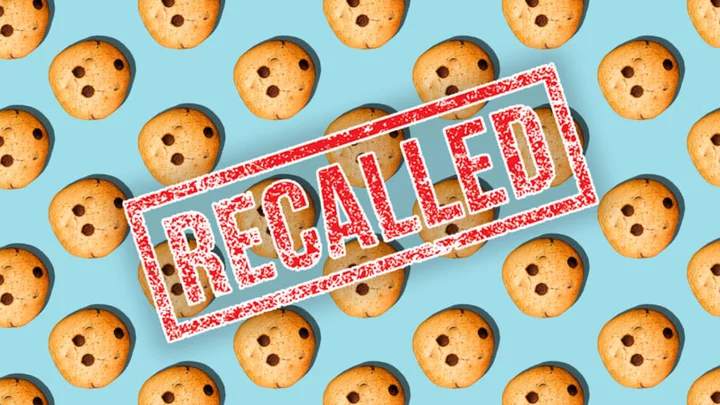Trader Joe’s has been on a bit of a recall spree lately: rocks in the almond cookies, bugs in the broccoli cheddar soup, metal in the multigrain crackers, tamales harboring “undeclared milk.”
To be clear, the items were pulled from shelves in an abundance of caution over the possibility of contamination; it’s not as though scores of customers were suffering from major dental distress after chomping down on rocks or metal. And Trader Joe’s isn’t the only company to find itself on the business end of a recall more than once in a year.
But when you hear about a food recall, there’s a good chance you assume it involves bacteria. The most frequently recalled foods, from leafy greens to various meats, typically play host to germs like E. coli and Salmonella. The recent slate of issues with Trader Joe’s items (excluding frozen strawberries linked to a hepatitis A outbreak in March) reminds us that there’s a pretty wide spectrum of unsavory ingredients that might end up in your meal.
And there are plenty of ways they can end up there. Manufacturers and retailers aren’t always forthcoming about the details, but sometimes we do get closure. When Kraft Heinz recalled more than 80,000 cases of single-serve cheese slices this month, for example, the company explained that “a temporary issue developed on one of our wrapping machines, making it possible that a thin strip of individual film may remain on the slice after the wrapper has been removed.”
Machinery and other equipment are often to blame for foreign materials in food. “Plastic pieces from frayed conveyor belts, wood shards from produce pallets, [and] metal shavings or wire from machinery are all common,” the Associated Press explains. “So are rocks, sticks, and bugs that can make it from the field to the factory.” On at least one occasion, golf balls have also made it from the field to the factory: In 2017, McCain Foods USA, Inc. recalled some frozen hash browns over fears that they contained parts of rogue golf balls “inadvertently harvested with potatoes.”
In short, there are many steps involved in making food on a massive scale and getting it all the way to your kitchen—and it’s hard to ensure that every single item is contaminant-free. Even the FDA admits that it’s “economically impractical to grow, harvest, or process raw products that are totally free of non-hazardous, naturally occurring, unavoidable defects.” There’s a whole FDA handbook with specifics on permissible food defect levels. Peruse it at your own risk—you might wish you never learned exactly how much “rodent filth” is allowed in your cinnamon.
Have you got a Big Question you'd like us to answer? If so, let us know by emailing us at bigquestions@mentalfloss.com.
This article was originally published on www.mentalfloss.com as How Do Rocks, Metal, and Other Foreign Materials Get Into Our Food?.









